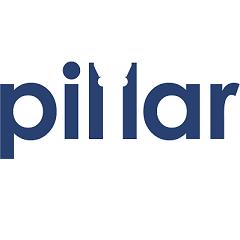While sitting in a governance meeting the other day, I heard how (before I joined the team) a vendor brought in some high paid six sigma black belts to try to bring the vendor governance workflow in line with my client's governance workflow. My client wasn't sure what they got out of the deal, but if you have a black belt in something, it should be good...right? Because this venture proved fruitless, the vendor announced, "what you need is kaizen!" That may be what they said, but it's not what my client heard. This was paraphrased by one of my client's team. In trying to understand what she was saying, we had a quick back and forth that went a little something like this:
The vendor said there was something that would fix everything. Cry Pan or Pie Pan or something like that.I looked at her and asked, do you mean "kaizen"?Her eyes got really big and she then started to matter-of-factly point at me. That's it! That's it! Now, what does it mean?I said it just means improvement or refinement.She looked disappointed. That's it?Yep, that's it.
Now, I know it's not that simple. There are no silver bullets. I do believe in using refactoring or refinement to get you where you need to be, but that's going to be another post. This post is more of a shame on you post. Anyone out there who uses a new term, particularly one in a foreign language without explaining it first, shame on you! Anyone out there who proposes there are silver bullets in project management, shame on you! And, anyone out there who proposes there are silver bullets in project management, uses a new term to label it, AND charges a lot of money for it, shame on you!
I strongly believe approaches like Agile, Kanban, and others bring a lot of potential value to programs. Customers don't need snake-oil nor do they need silver bullets. What we have here is, a failure to communicate.
I was thinking, maybe I should start a practice and say it will solve all your problems. I can call it Verbesserung.
Any takers?









